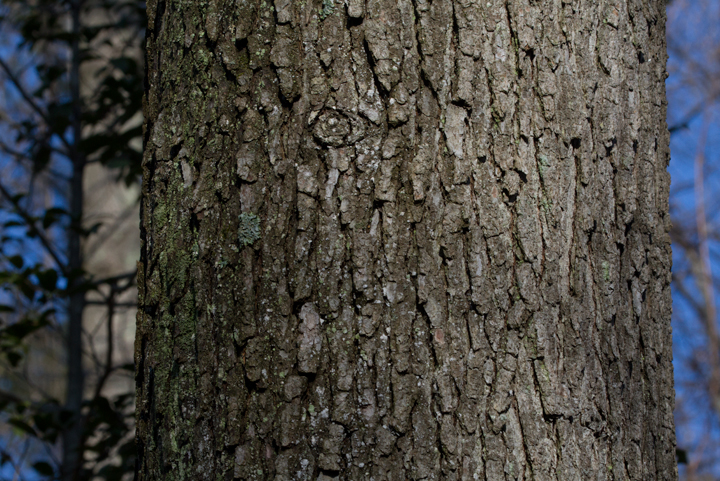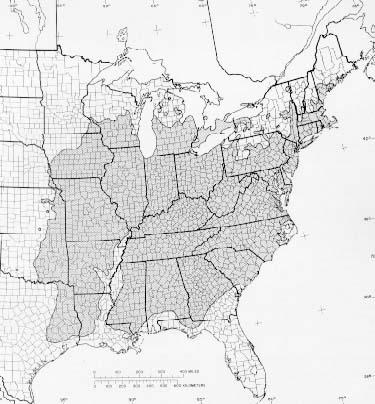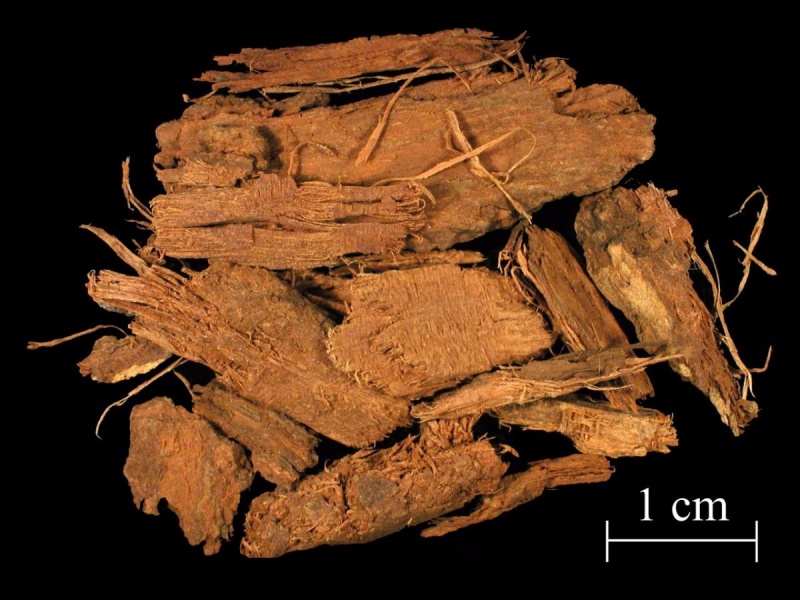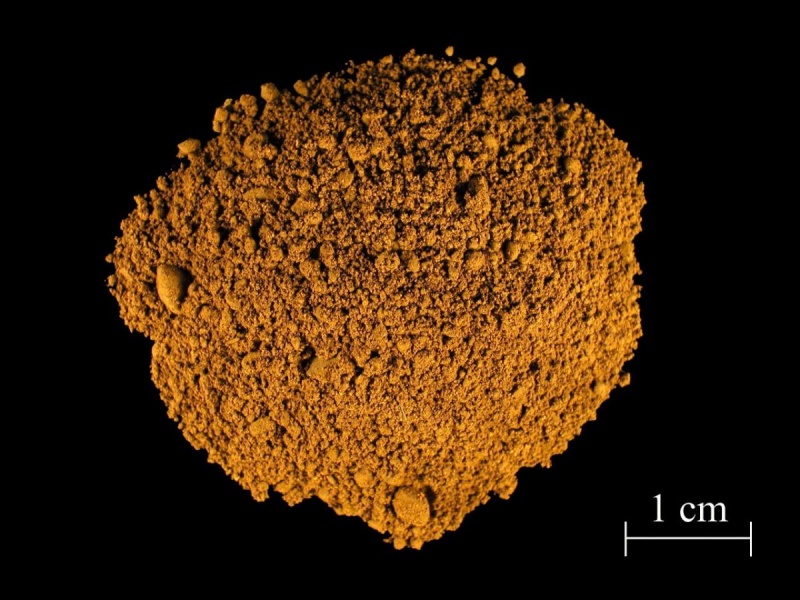Black Oak
Quercus velutina Lam.
Description
Black oaks reach maturity at about 60 feet tall with a 60-foot crown spread¹. These trees live up to 200 years². Leaves of black oaks contain 5-9 lobes with bristles on the ends¹. The depth of the sinuses between lobes varies and can be shallow or two-thirds away from the midrib¹. The leaves emerge in early spring with a reddish color from the velvety, 4 or 5 angled buds clustered at the ends of branches³. By summer the leaves are a glossy green color on the upper surface and yellow-green and slightly hairy on the lower surface. The petioles typically turn from green to yellow during late summer¹. The bark is deeply ridged and furrowed with a dark gray to black color on the exterior¹. The inner bark of a black oak is a yellow to deep orange color³. A mature black oak has a relatively thick basal bark that gives them moderate fire resistance4. Black oaks are monoecious, they bloom miniature female flowers during mid-spring and contain golden male catkins¹. Black oaks are wind pollinated, producing acorns that contain one seed in each². These acorns take 2 years to develop, with many maturing in late summer to early fall¹. The acorns are ½ to ¾ of an inch big with a rust colored bottom and a cap covering the top half³.

Black oak leaves and acorn. @ P. Wray, Iowa State University10

Bark of black oak. @ B. Hubick. 2013. Maryland Biodiversity Project12
Distribution
Black oaks are typically found in sunny locations³. They prefer well-drained, moist, acidic soils, but instead are commonly found in dry, poor soils due to their intolerance to shade¹. They are common in eastern deciduous forests5. They range as far north as southern Maine, as far south as Northern Florida, and as far west as southwestern Minnesota6. Black oaks are found throughout Maryland13, except in regions with serpentine soil6 such as found at Lake Roland Park and Soldiers Delight Natural Environment Area7.

Natural range of black oak. USDA11
Wildlife Importance
Many mammals and birds eat the acorns of black oaks, some are wild turkeys, songbirds, chipmunks, squirrels, mice, black bears, opossums, and white-tailed deer2,6. Even rabbits will eat the bark of saplings and the leaves of the seedlings². Black oak trunk cavities additionally provide shelter to animals such as birds, squirrels, and bats2,6.
Economic Importance
Black oaks are commonly made into furniture, barrels, railroad ties, flooring, and interior finishes6. The yellow dye quercitron can be extracted from yellow to orangish interior bark of black oaks3,6. By mixing quercitron with different metals bright yellows, tans, and olive-green dyes can be produced8. This natural dye was commonly used in the printing industry in the 1770s and by the 1790s was used to dye textiles9. This dye was also commonly used in the leather tanning industry².


Inner bark of black oak (above) and quercitron powder. Boston Museum of Fine Arts7
Threats
Black oaks can suffer from a range of threats including, gypsy moths, bacterial leaf scorch, obscure scale, oak horn gall, two-lined chestnut borer, and oak wilt2,3. Black oak trees commonly decay making them structurally unsound³.
Interesting Facts
- Black oak trees can grow over 100 feet tall, with one co-national champion tree reaching 131 feet in Michigan and another black oak reaching 84 ft tall in Connecticut³.
- The diameter of black oak trees can be over 3.5 feet6.
- Due to the species’ long, distinguished tap root, it is nearly impossible to relocate and transplant, and rarely cultivated as a landscape tree.
- Because of frequent dieback of the shoots and resprouting, the roots of an oak tree may be 10-20 years older than the shoot11.
References
- Illinois Wildflowers: Black oak
- University of Kentucky College of Agriculture, Food and Environment: Black oak
- North Carolina State Extension: Quercus velutina
- Treehugger: Identifying the black oak tree
- Illinois Start Museum: Black oak
- Fire Effects Inormation System: Quercus velutina
- University of Maryland Extension: Serpentine soils are anything but barren—They support a unique grassland habitat
- Cameo: Quercitron
- University of Delaware Agriculture and Natural Resources: Quercus velutina
- Iowa State University: Black oak
- USDA Forest Service, Silvics Vol. 2–hardwoods: Quercus velutina
- Maryland Biodiversity Project: Black oak
Contributed by E. Stricker and E. Sobolewski
